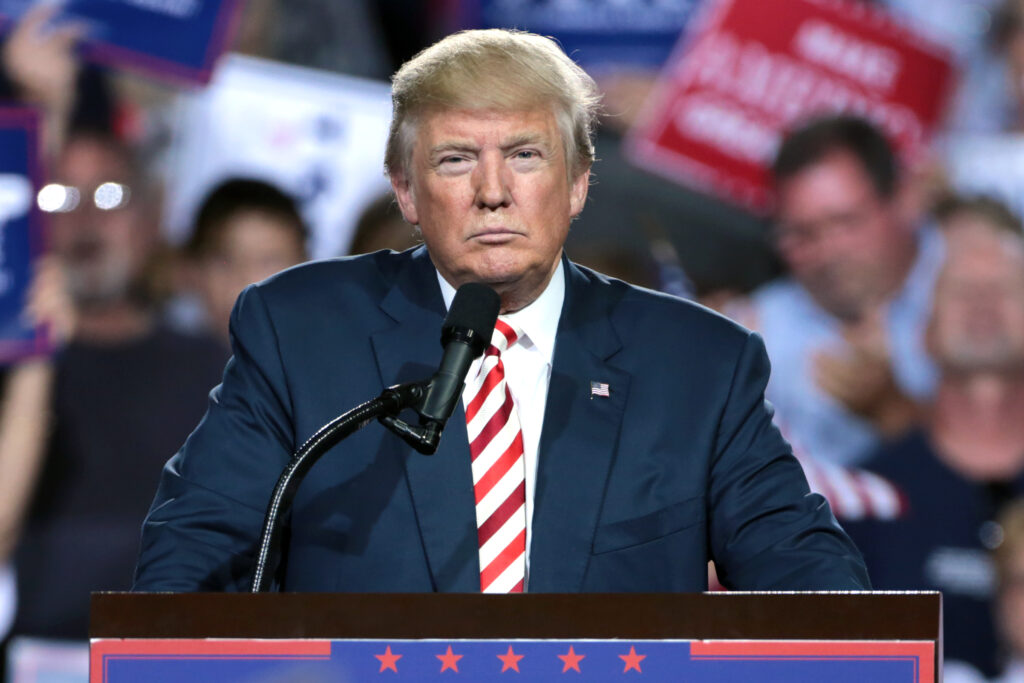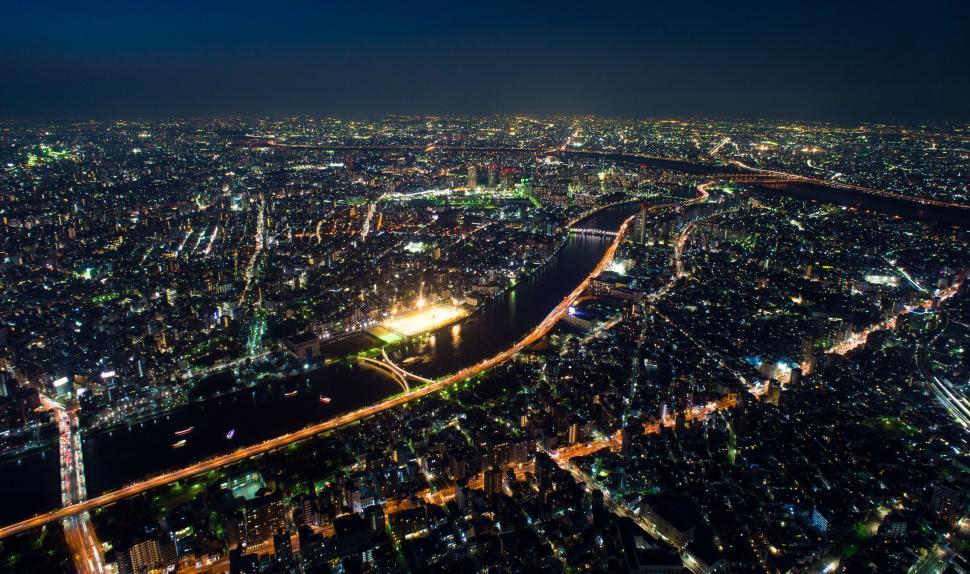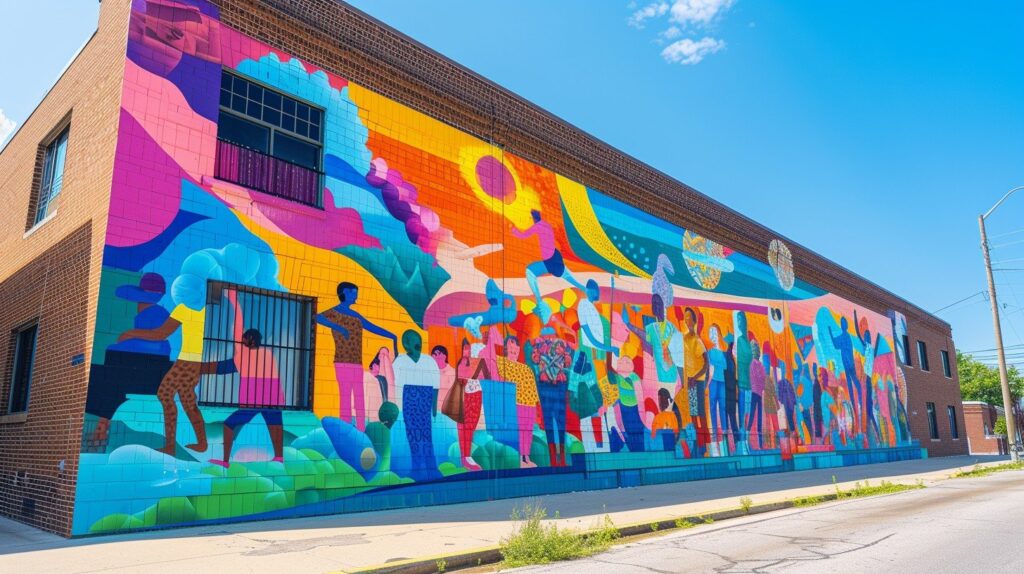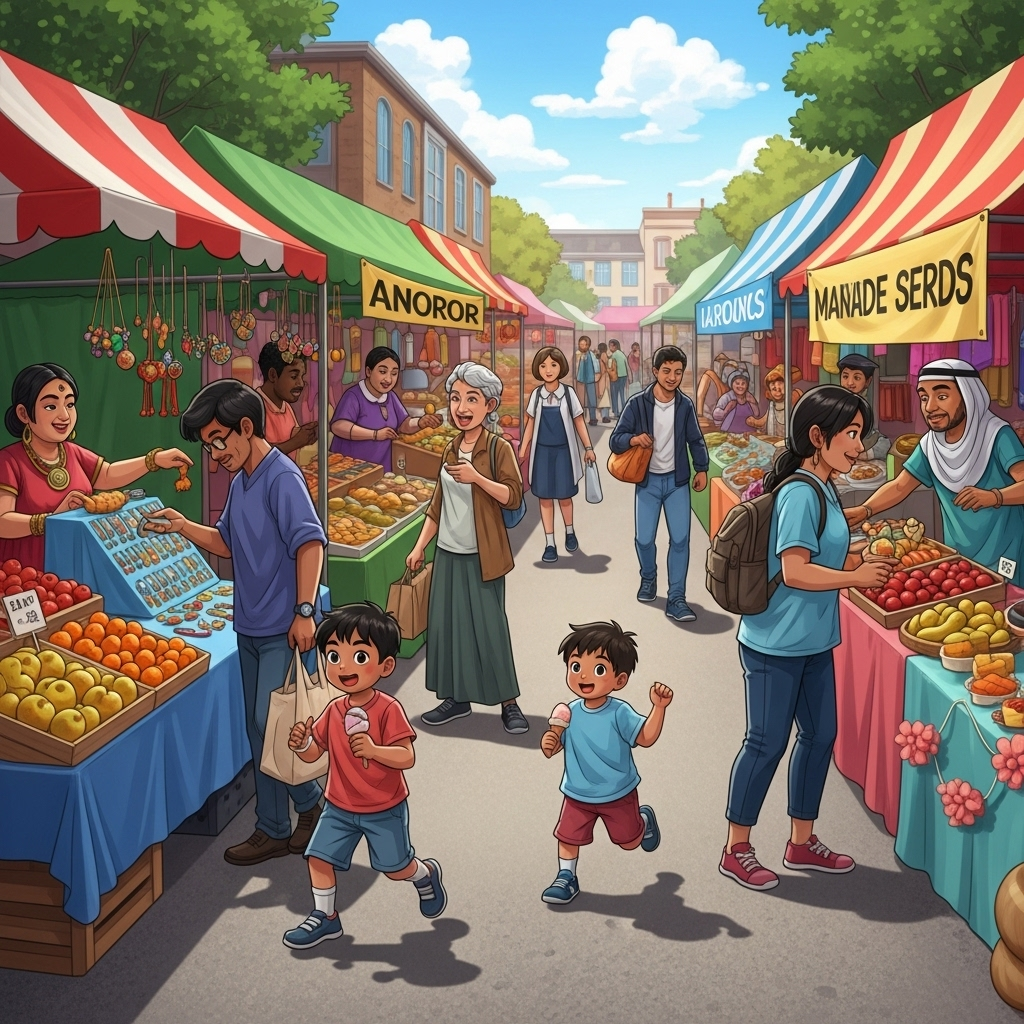What happens when a former president uses the language of war to describe American cities? This week, Donald Trump once again sparked outrage after suggesting that urban centers across the U.S. were “war zones” that needed to be “taken back.” His comments ignited a firestorm, with Democrats firing back, accusing Trump of fearmongering, demeaning communities, and weaponizing language that could incite violence.

Trump’s “War Zone” Words That Lit the Fuse
During a campaign stop in the Midwest, Trump painted a grim picture of America’s cities, saying, “We can’t allow these places to become war zones anymore. We have to go in and take them back.” To his supporters, it was tough talk on crime. But to critics, it sounded like a dangerous escalation—an image of American neighborhoods described as enemy territory.
Democrats quickly pounced. Rep. Alexandria Ocasio-Cortez (D-NY) slammed the remarks as “reckless and dehumanizing,” while Sen. Cory Booker (D-NJ) said Trump was “talking about Black and brown communities like they’re battlefields.”
The criticism wasn’t just about rhetoric. Lawmakers warned that Trump’s words carry weight—and that painting cities as “war zones” could justify extreme policies, or worse, inspire vigilante violence.

Democrats Say Cities Deserve Solutions, Not Scare Tactics
“Not your war zone,” tweeted Rep. Ayanna Pressley (D-MA), capturing the Democrats’ collective response. For them, the issue isn’t whether urban areas face challenges—they do. Rising housing costs, spikes in certain crimes, and the lingering effects of the pandemic are real problems. But equating cities with war zones, they argue, strips away their humanity.
“Cities aren’t failing—they’re fighting,” said Chicago Mayor Brandon Johnson. “We’re fighting for affordable housing, for safe neighborhoods, for better schools. What we don’t need is a former president calling our home a battlefield.”
This framing taps into a broader theme of 2024’s political battles: Republicans leaning on law-and-order messaging, while Democrats push back by highlighting community resilience and real-world policy work.

The Politics Behind the “War” Narrative
Trump’s language isn’t new. He has long portrayed Democratic-led cities as crime-ridden wastelands, a tactic designed to appeal to suburban and rural voters who fear urban decay. In 2020, he threatened to send federal forces into cities like Portland and Chicago.
But this time, Democrats sense an opportunity. By reframing Trump’s rhetoric as an attack not just on politicians but on everyday Americans, they’re attempting to flip the narrative.
“It’s not just about Trump versus Democrats—it’s Trump versus our neighborhoods, our families, our future,” said Sen. Raphael Warnock (D-GA).
Analysts say this clash underscores the widening gap in how both parties talk about public safety. Republicans hammer “crime and chaos.” Democrats counter with “community and care.” The Cy-Hawk game of politics, but with far higher stakes.
Why This Debate Strikes a Nerve
At its core, the debate over Trump’s “war zone” remarks isn’t just semantics. Words matter, especially from someone who could once again sit in the Oval Office. When Trump calls cities war zones, it fuels a narrative of division—an “us versus them” dynamic that resonates with some but alienates many.
For urban residents, it feels personal. “I walk my kids to school. We go to farmers markets. We sit in traffic just like anyone else,” said a Detroit resident in response to Trump’s comments. “This is my home. Not a war zone.”
The Democrats’ sharp pushback suggests they see this as a line worth drawing. Not just against Trump, but against a worldview that paints half the country as broken.

Trump’s critics argue that America doesn’t need a commander-in-chief waging war on its own people. It needs leadership that builds, not battlegrounds.
So here’s the question that lingers: when Trump talks about “taking back” cities, is he really talking about safety—or about power?
Thanks For Reading